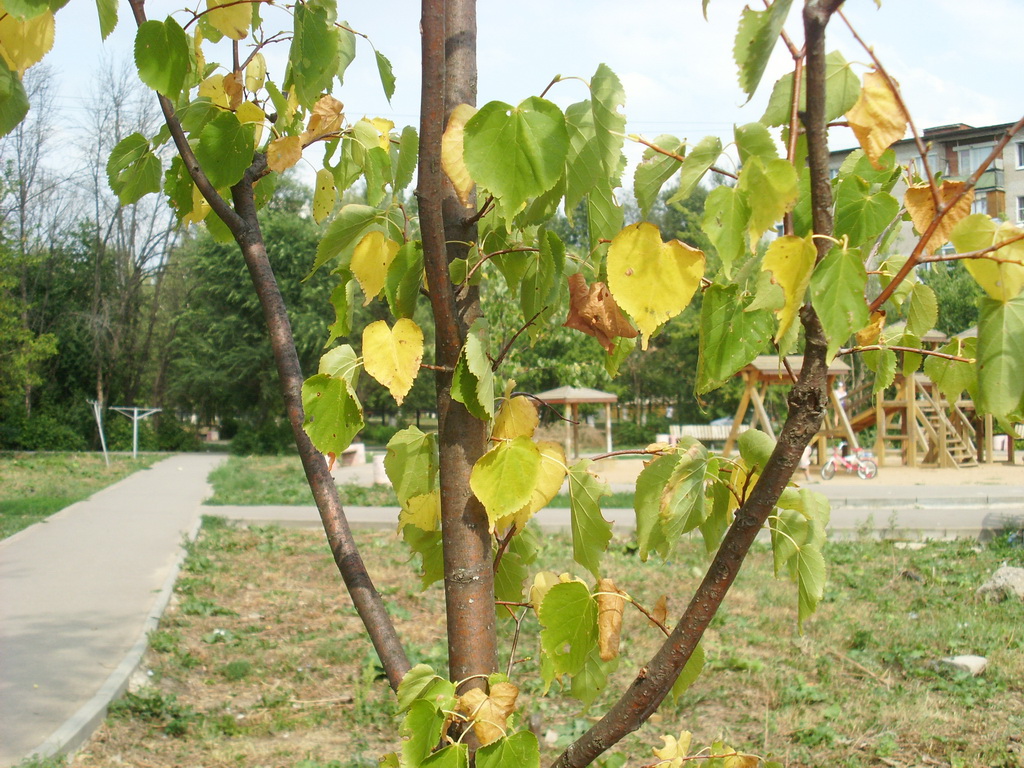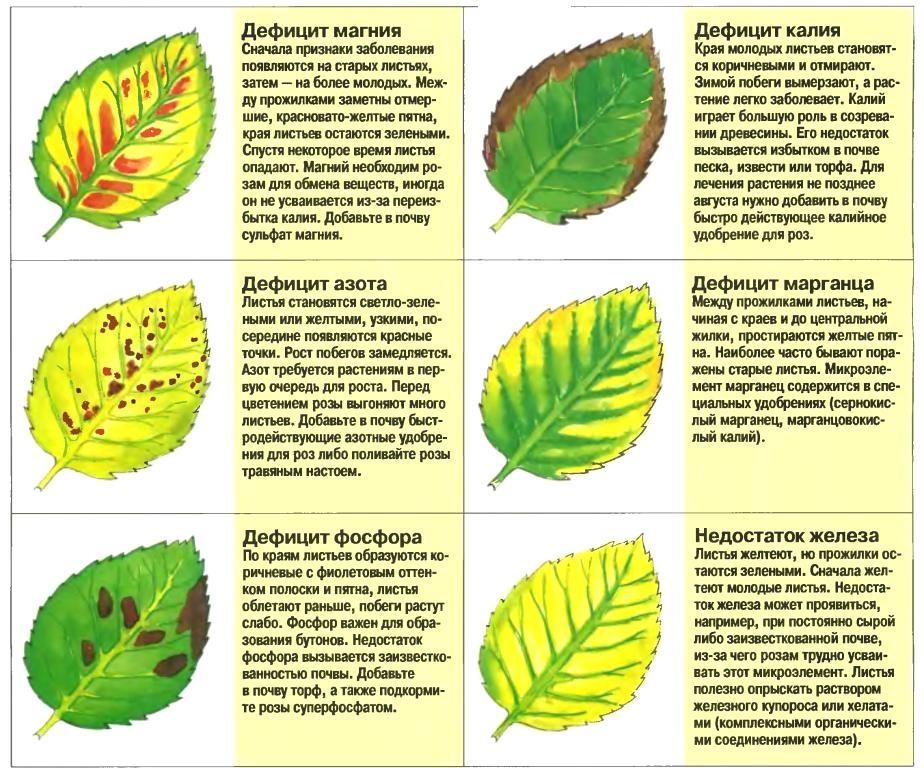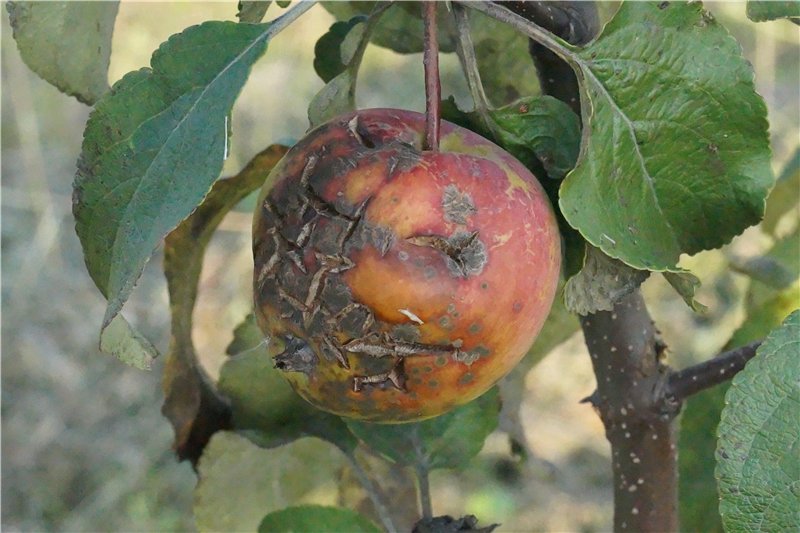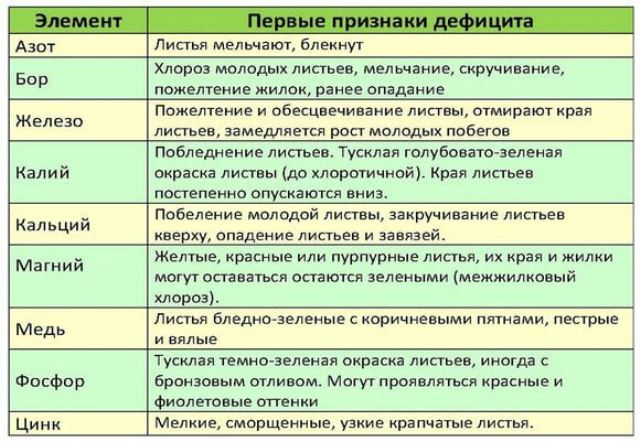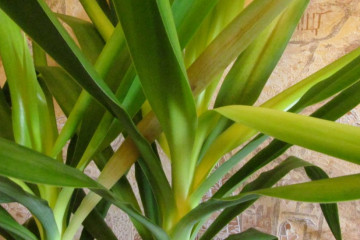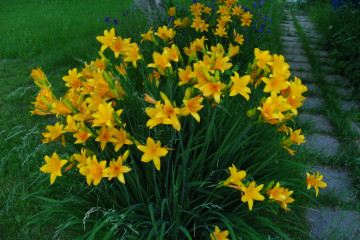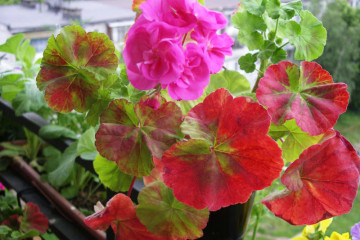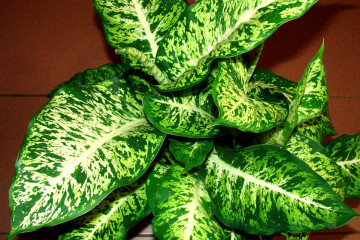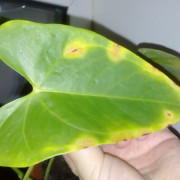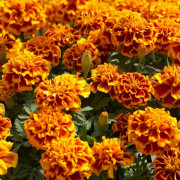Apple leaves turn yellow in June: what to do
Content:
Inexperienced gardeners often wonder why the leaves of the apple tree turn yellow in June, what to do with this anomaly. Professionals recommend finding the original source of the problem and choosing further tactics based on it.
Common causes of foliage discoloration and deformation
The yellowness of the foliage is provoked by a variety of factors, from external conditions to the invasion of pests. If the leaves on the apple tree turn yellow and fall in June, then there is a risk of fungal infections, which, without proper therapy, can destroy the culture.
High groundwater table
A properly selected planting site allows you to avoid diseases of the apple tree, to stabilize its immunity. Areas with a high level of groundwater are not suitable for planting fruit trees - in such zones, during the spring thawing of snow, their number increases, and fluid stagnation occurs.
With an early descent in the spring, there is a risk of hypothermia of the root system - at a reduced temperature. Cold and close waters seriously harm the apple tree, and the constant presence in them reduces the amount of oxygen supplied. With its deficiency, the death of the culture is possible.
Violation of agricultural technology
Over time, the soil under the crop becomes poorer, which leads to its weakening. To prevent the issue with the composition of the earth, gardeners planted green manures under the apple tree, common ones include:
- rye;
- buckwheat;
- mustard;
- clover;
- oats.
Bad feeding
Regular feeding of plants ensures good yields, allows them to develop normally and give new shoots in summer. The lack of nutrients in the soil at the beginning of the summer season is associated with the end of the cold period. Planting young stock, loosening and digging the soil provokes its partial depletion.
In this case, all useful elements are redistributed to vital areas of the culture, and there are not enough of them for the leaves. Deficiency of minerals and vitamins leads to yellowing and shedding of the leaves. To prevent the situation, it is enough to carry out regular feeding in the form of organic fertilizers. Natural substances contain all the components necessary for normal life.
Insufficient hydration
The lack of liquid in the soil in July and the rest of the months also has a detrimental effect on crops, as well as its excess. Water is needed:
- to form new cells;
- tissue formation;
- assimilation of trace elements, useful components.
Adequate hydration is required for apple trees upon awakening from a period of winter dormancy.At this time, the immune system is activated, the plant begins to develop and the prerequisites for the future harvest are laid.
If the specimens do not receive a sufficient volume of liquid, then part of the effort will be spent on restoring balance. At this time, the culture is defenseless against infectious diseases and insect pests.
With a limited supply of water, the absorption of trace elements slows down, the process of photosynthesis is disrupted. The leaves may turn yellow, turn brown, gradually dry out. The problem must be dealt with immediately.
High nitrogen levels
The rapid growth of plants is directly related to the amount of incoming nitrogen substances. They play a major role, but the results of development depend on the optimal amount of nitrogen. Its active intake leads to an accelerated growth of green mass and annual shoots.
Their late ripening often ends in death due to their inability to withstand winter weather conditions. Branches break off easily and force the apple trees to waste extra energy on themselves.
Fungal diseases
The penetration of pathogenic organisms is associated with various prerequisites:
- lack of nutrition;
- improper care;
- frequent changes in weather conditions;
- high soil moisture or stagnant water.
Fungal spores and bacteria enter the crop through wind, rain, or untreated garden tools. The defeat of rust, chlorosis or brown spot provokes a yellow or rusty tint of the leaves, which begin to fall en masse.
Hot weather
Dry weather, rare or insufficient watering, negatively affect the nutrition of apple trees. In case of heat, it is necessary to increase the amount of moisture in the earth - up to once every 72 hours. The second problem with excess heat is sunburn.
With abundant watering and the ingress of liquid on the green part, the drops play the role of a magnifying glass, causing burn disease. As a treatment, top dressing from mullein infusion is used (1 glass of fertilizer per 10 liters of water). After sunset, you can spray the leaves with Zircon.
Local yellowing of wood
Yellowness throughout the green mass is associated with serious deviations that have captured the apple tree. The source of the massive change in the shade of the leaves is considered:
- lack of nutrients and complete soil depletion;
- a fungal infection that has spread throughout the specimen;
- insect attacks, including aphids, which drink useful ingredients along with the juice.
The rest of the cases are solved individually: the plants are fed with complex fertilizers, the amount of watering is increased, or they are transplanted from the zone of close adjoining groundwater.
If the problem occurs on seedlings
Planting young stock requires preliminary preparation and special attention to planting materials. A quality seedling guarantees a stable and good harvest every season, and damaged specimens will hurt and infect other crops.
When purchasing planting material, the gardener must carefully examine it, paying attention to its appearance. Healthy young growth has firm, green and intact shoots with a closed root system. Seedlings need to be bought in special nurseries, and not from hands in questionable places.
With a poor planting of young specimens, yellowness appears on the foliage, after a while they begin to shed it.In order to avoid problems, it is necessary to prepare the planting hole in advance, and when planting the seedling, do not forget to gently straighten the root system.
How to help a yellowed apple tree
The affected specimen needs careful care. In order not to wonder why the leaves of the apple tree turn yellow and how to solve the problem, you must adhere to the following rules:
- Irrigation - done at least three times during the growing season. The interval between procedures is from 1 to 1.5 months, the first time the plants are watered in the first days of June. The final frequency depends on weather conditions and the amount of precipitation, soil characteristics.
- Complex fertilizers - when properly planted, they do not need to be applied in the first 36 months. The culture receives nutrition from the soil, and in the fourth year, feeding begins - in accordance with the recommendations of the manufacturer of the formulations.
- Phosphorus - apple trees need the entire growing season. It is used as a basis for the formation and further ripening of fruits, has a direct impact on the quality characteristics of apples and the ability to store. Sufficient volumes increase storage time and reduce the risk of damage during transport.
If the source of the problem is a fungal infection, then copper or iron sulfate can be used. The substance in parallel will solve the issue of iron deficiency. It is necessary to carry out foliar feeding with the help of a spray bottle, having processed the crown.
Typical mistakes in treatment
In therapeutic procedures, gardeners are often mistaken by reducing their effectiveness:
- when spraying apple trees in the autumn from the fungus, they forget to repeat the manipulation with the arrival of heat;
- during treatment, the nearby planted juniper bushes are not treated - by the heat, the infection will re-spread to the apple tree;
- they make an insufficient or increased amount of fertilizers - an excess of mineral mixtures can provoke burns of the root system;
- do not remove the excised branches affected by rust - the disease again moves to the plant.
Useful tips for caring for an apple tree
Gardeners recommend:
- water the apple trees three times per season;
- to make plant feeding - after three years of life;
- fertilize the soil in a timely manner with industrial compounds.
Preventive actions
In order not to wonder why the leaves of apple trees turn yellow and fall in June, you need to follow the rules:
- water regularly in the heat;
- destroy weeds in the immediate vicinity of the trunk;
- loosening and mulching;
- treat the crown with insecticides and fungicides three times a season;
- do annual sanitary pruning;
- cover damaged areas with garden varnish;
- shelter young growth for the winter.
Yellowness and leaf fall can be prevented by correct planting of the culture, high-quality care in compliance with the basic rules. During the growing season, the owner of the backyard must check the condition of the trees, look for the first signs of fungal disease or attack by insect pests. With their detection and timely treatment, it is possible not only to save the apple tree, but also to avoid the subsequent lack of harvest.
